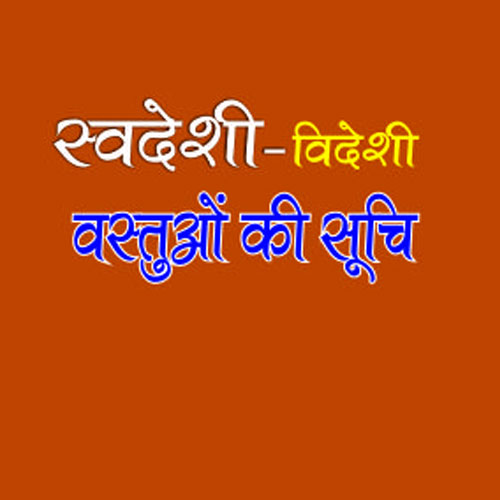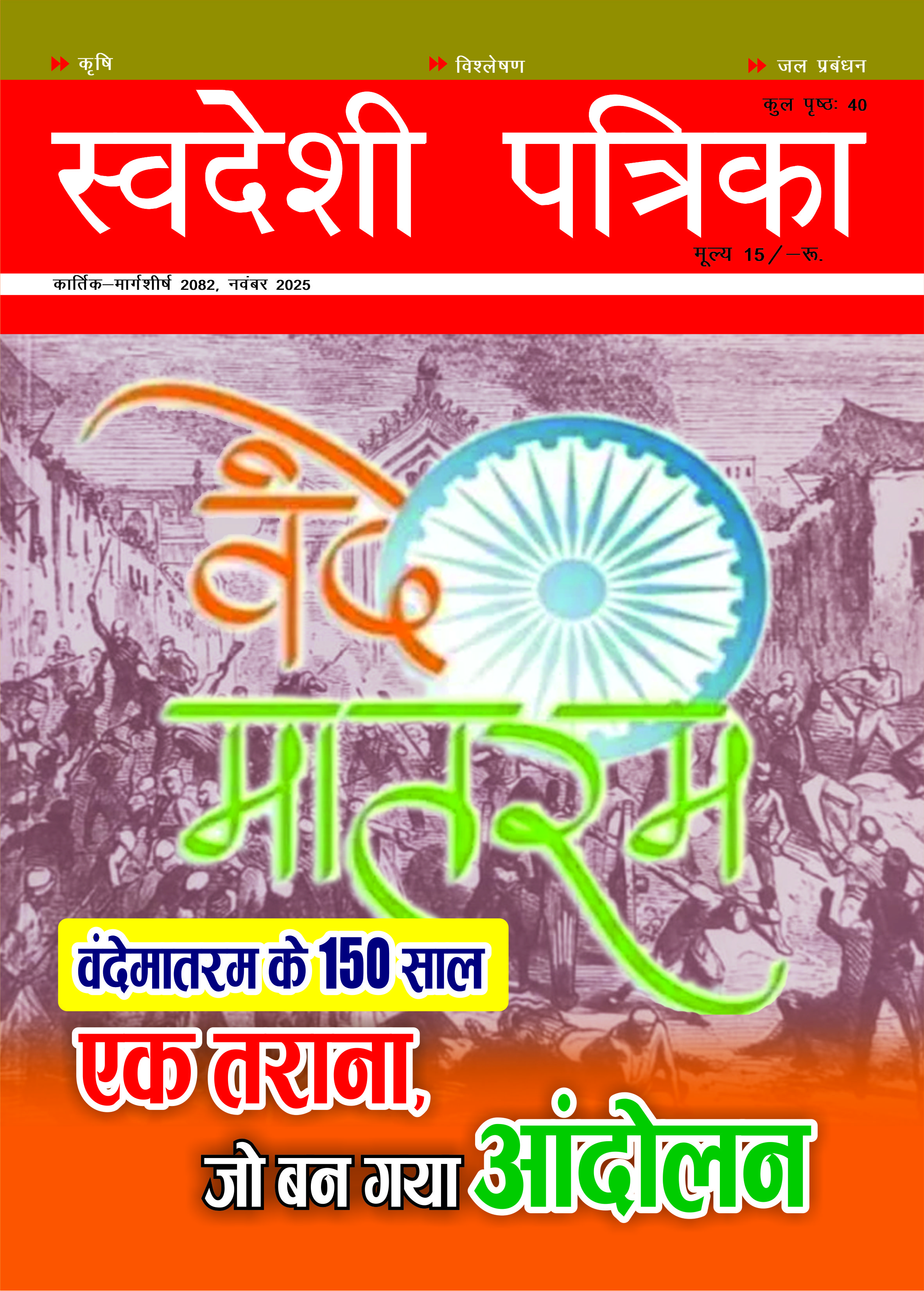
Pre-Budget Discussion
When Finance Minister (FM) of the last government presented his interim budget 2014-15, he himself had conceded that economy was not keeping good health. We find that in the last nearly three years, economy is in very bad shape. Growth in manufacturing, which had reached 15.6 per cent in 2007-08, fell down to -0.7 percent last year (2013-14). Infrastructure projects are almost stalled. GDP growth has came down to average 4.5 percent in the last 2 years; inflation has climbed to two digits with even higher food inflation. In the meanwhile rupee has gone weaker, as foreign trade is greatly imbalanced. Unemployment is at its worst. According to the data published by Census 2011, rate of unemployment among youth between 25 and 29 years has reached 18 percent, with 4.7 crore unemployed youth between 25 and 34 years of age. Rate of unemployment among tribals (advasis) is 19 percent and among dalits it is 18 percent. In advasis youth unemployment rate is 22 percent and 21 percent of dalit youths are unemployed. During election campaign for 16th Lok Sabha, Narendra Modi promised 'Ache Din' after elections. Today poor people are dreaming to improve their economic condition, unemployed wish to get rid of unemployment. Middle class wants relief from inflation; and industrial sector wants that economy come one of blues and manufacturing output picks up.
Current Scenario
Even with right intentions, improvement in economic conditions depends upon economic scenario. For instance, if we talk about inflation, the same is due to weak rupee on the one hand and scarcity of food products on the other. Huge government expenditure and its inability to raise sufficient revenue are also causing inflation. If government revenue falls short of its expenditure, it has to borrow from RBI, which in turn has to print more currency notes, having multiplier effect on money supply.
Budget will be presented on July 10, 2014. While presenting the Interim Budget, the FM of the last government, claimed that fiscal deficit has been contained to 4.6 percent, no body believed him. It was known to all that many items of expenditure of the year 2013-14 have been accounted for in 2014-15. Cash rich public sector companies were also asked to transfer their dividend in advance and many items of expenditure were hidden. Experts believe that actual fiscal deficit would be nearly 7 percent of GDP. Thus we can say that situation is more precarious than it looks to be. Civil war in Iraq is making the situation even worse by pushing the price of crude oil up.
Agency of the Slow Economy
After a fairly high growth of 8 percent for nearly one decade, slow economy today needs to be put on track on priority. For a long time interest rates are maintaining high due to inflationary tendencies, which has resulted in slow down in manufacturing, infrastructure and housing. We need to control inflation to reduce interest rates. We also need to adopt other measures to boost these sectors to give a boost to the economy. By encouraging infrastructure and housing, government can give a new lease of life to manufacturing. But we must remember that despite right direction of policy making, it may take a couple of years for results to become visible.
Weak Rupee
Our balance of payment continues to be in deep deficit for a long time. It is notable that after remaining in surplus between 2000-01 and 2002-03, balance of payment went into deficit and by 2012-13, it reached of 89 billion US $. Last year it has improved a little, however it continues to be in danger zone. Due to huge size of our foreign debt and also due to rising proposition of short term debt, foreign payment situation has been going from bad to worst. It is important to note that our imports have been rising fast and growth in exports is much slower. Due to not much possibilities seen for raising exports, we have to restrict imports to stop rupee from further weakening. Today we are importing heavily from China. Our imports from China include power plants, project goods, telecom equipments; apart from toys, electronics and other household goods; affecting our small and large industries. Previous government could think of only FDI/FII and external commercial borrowing as a solution for Current Account Deficit (CAD) in balance of payment. But this policy may push us to dark well, with no escape route.
Need of the hour is that we must restrict imports, especially from China to stop further weakening of rupee and boost manufacturing.
Expectation from the Budget in National Interest
Undoubtedly despite precarious situation of the economy, combating inflation, poverty reduction and putting economy on track should be the priority of the government. To combat inflation, we need to contain expansion in money supply and for the same there in need to reduce expenditure. In fact major cause of inflation in the economy is huge expenditure on the populist policies of the previous government. At first waiving of loans of the farmers (which did not benefit the small and marginal farmers) MNREGA (without a well chalk out plan for development projects) and food security policy (based on same inefficient and corrupt public distribution system, under these circumstances, we need to rationalize these expenditure is to stop wasteful expenditure. It is important to link MNREGA with agriculture, so that agriculture gets assured supply of labour and budget expenditure is also reduced. Distribution of food products has to be made more efficient, subsidy on diesel used for luxury cars needs to be withdrawn with immediate effect.
We need to come out of the mindset of foreign investment, to encourage employment. We will have to raise exemption limit for excise duty for SSIs from the present 1.5 crore. We know that SSIs create more employment opportunities and such type of enterprises should be encouraged by giving tax concessions according to their employment creation. There are vast possibilities of employment creation and poverty reduction from food processing industries and dairy sector. To encourage dairy sector we need to give dairy the status of agriculture, so that farmers may borrow to purchase milk cattle at low rate of interest. On the other hand there is a need to stop mad rush for creation of electricity generation from conventional sources and encourage solar energy. Subsidy may be enhanced to help households to install solar panels on their rooftops.
Every sector of the economy wants something for itself. It is expected from the Finance Minister that he will raise the income tax exemption limit, increase spending on education, health and infrastructure. However, looking at the resource crunch, FM may not be able to raise exemption limit much. It is notable that out of rupees 17.63 lakh crore interim Budget, 7.65 lakh crore were kept for interest, subsidies and government administration. Defence Budget was 2.24 lakh crores. Social sectors like education, health, women and child development SC/ST backward classes and minorities all taken together were allocated merely 9.22 percent of budget. Agriculture was allocated merely 0.75 percent of budget. Therefore given the resource constraints, we cannot expect 'Ache-Din' from this budget; however we can expect happy days by ensuring right direction of economic policies.


